YAHTZEE WITH BUDDIES DICE is a virtual version of the classic dice game, except you play against other people online. The point of the game is just like the regular game - players will roll dice and keep ones they want while discarding others. The setup is similar to Poker games as players try to complete specific sets of dice to score more. Yahtzee is a superset of 3 of a kind, 4 of a kind, full house and chance, but you can also choose small or large straight and will get the normal 30 and 40 points for those. You've already put 0 in the Yahtzee box: In this case you get no 100 point bonus, but you do get a joker, and can choose your move following the rules described above for. Have you ever thought about mod for New YAHTZEE® With Buddies – Fun Game for Friends? Now you can get it from here! New YAHTZEE® With Buddies – Fun Game for Friends Mod and Unlimited Money is fa. Download this game from Microsoft Store for Windows 10, Windows 10 Team (Surface Hub), HoloLens. See screenshots, read the latest customer reviews, and compare ratings for YAHTZEE With Buddies Dice Game Pro. Yahtzee® with Buddies Dice 9.40 (votes: 137070), Publisher: Scopely, #15 in Family, #84 in Games. Category Family, Games.
May 26, 2021Yahtzee may conjure up images of huddling around a card table in grandma’s sitting room but the game has reliably changed with the times. Riding the wave of technological advancement since its original release, the popularity of online Yahtzee has surged. The last decade has seen an explosive growth in electronic Yahtzee as more and more games are being played on a computer or smartphone than ever before.
Playing Yahtzee online is becoming the preferred way to play for many gamers. Old-timers and purists may scoff at the idea, but the advantages offered by an electronic game are hard to ignore. A common problem for hardcore Yahtzee addicts is the difficulty in finding suitable playing partners. Playing online eliminates this issue by offering up a virtual smorgasbord of remote opponents that are available day and night. And a player can connect with a distant friend or relative to roll a game in cyberspace instead of over a table. An online Yahtzee game provides a level of sheer convenience that was unimaginable in the past.
The enormous success of online Yahtzee could not have happened without the invention of the smartphone but its origins can be traced back further, to a time even before the internet itself. To uncover the source of the sheer convenience that today’s online Yahtzee supplies requires a look back at the long history of electronic Yahtzee.
Computer Yahtzee
Yahtzee made the leap from the tabletop to the computer screen in the 1970s, with the advent of the personal computer and home video game console. It is possible to imagine earlier versions that were programmed onto a room-sized mainframe computer but the evidence remains sketchy.
Yahtzee was one of the earliest computer games on many systems. Its widespread popularity as a tabletop game made it a natural fit for early video game manufacturers. The inherent slowness of board games would permit them to run on primitive home computer equipment and name recognition would help drive sales.
But electronic Yahtzee is a complicated undertaking if you want to get it right. A die is the perfect tool to select a number at random, at least numbers one through six. Replacing the mechanical act of rolling dice with a computer algorithm has proven to be exceedingly difficult. Dice were the world’s first random number generators (RNG) and the technology still exceeds what a computer can reproduce. But that doesn’t stop our love of electronic, digital, and online Yahtzee.
Computational RNG can create pseudo-random numbers but even the most powerful machines will run out of storage space at some point and the number chain will repeat. A high-quality pseudo system will typically suffice for games and other everyday tasks, but scientists keep pushing the envelope. Full random number generation is the holy grail of cryptography, which would allow for the creation of unbreakable code. The latest system uses a tiny laser to generate random numbers - up to 250 terabytes of random bits per second.
The first home computers and video game consoles didn’t pack enough processing power to produce high quality random numbers. While not a complicated game, the sheer numbers involved in a game of Yahtzee can add up fast. While a single die has only six sides, there are 252 possible outcomes when rolling five dice. Some early video games would simply repeat sets of dice as the games progressed, becoming nearly predictable and warping the standard Yahtzee odds. Others would omit the Yahtzee Bonus and Joker rules, as they proved too difficult to code correctly.
In the early days, when the video game design and programming industry was still in its nascent stages, personal computing featured a high dose of homebrew games. Designed by hobbyists and distributed throughout a network of local computer clubs, these games didn’t reach the mass circulation of blockbusters like Pac-Man or Space Invaders. But their contribution to Yahtzee’s continuing development and the use of random number generation in video games cannot be denied.
But small independent coders would not be enough to secure the future of Yahtzee online. It would take major releases from corporate video game publishers to reach mass-market success. There would be success stories and failures, all paving the way to today’s modern Yahtzee utopia.
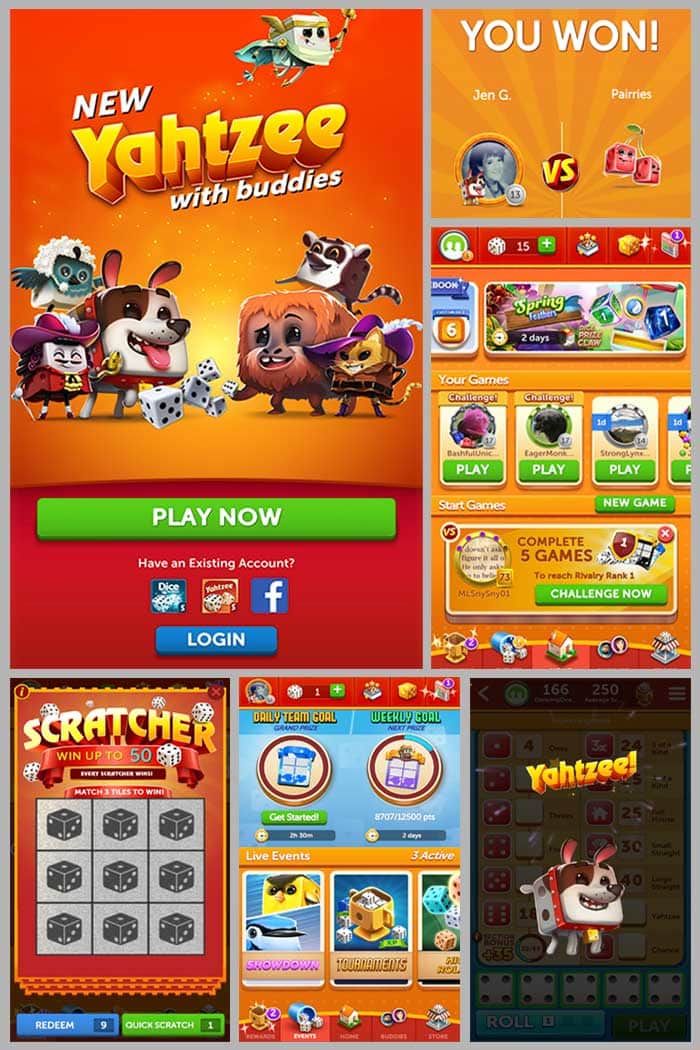
Yahtzee, 1978
Apple II
The Apple II was personal computing’s original pioneer. Created by Steve Jobs and Steve Wozniak, the computer opened the door to software that was aimed at the general public. And thirty years later, the same company would revolutionize computing yet again with the release of the first smartphone, lighting the fuse of online Yahtzee.
Development of the Apple II began in 1976 and it hit the market the following year on June 10. The machine featured 4 KiB of RAM, upgradable to 48 KB, and retailed for a maximum of $2,638 (equivalent to $11,266 in 2020). Its claim to fame was its support of full color graphics. Personal Computer World wrote in a 1978 review that “'no-one has colour graphics like this at this sort of price'. Apple’s familiar rainbow-colored corporate logo was designed as a way to emphasize this capability.
Yahtzee came out for the Apple II in 1978 and is considered to be the first video game of its kind. The game’s first step in its evolution from the tabletop to online Yahtzee was a halting one. Unfortunately, it didn’t take advantage of Apple’s color capabilities. The game was instead text-based, presented as white text on a black background. Gameplay was a standard replica of the original board game and an option was included to play Yahtzee against a computer opponent. While bells and whistles may have been lacking, robbing the game of a chance to showcase Apple II’s power, the Yahtzee game represents the initial faltering steps into a digital world.
Yahtzee, 1979
Texas Instruments TI-99/4
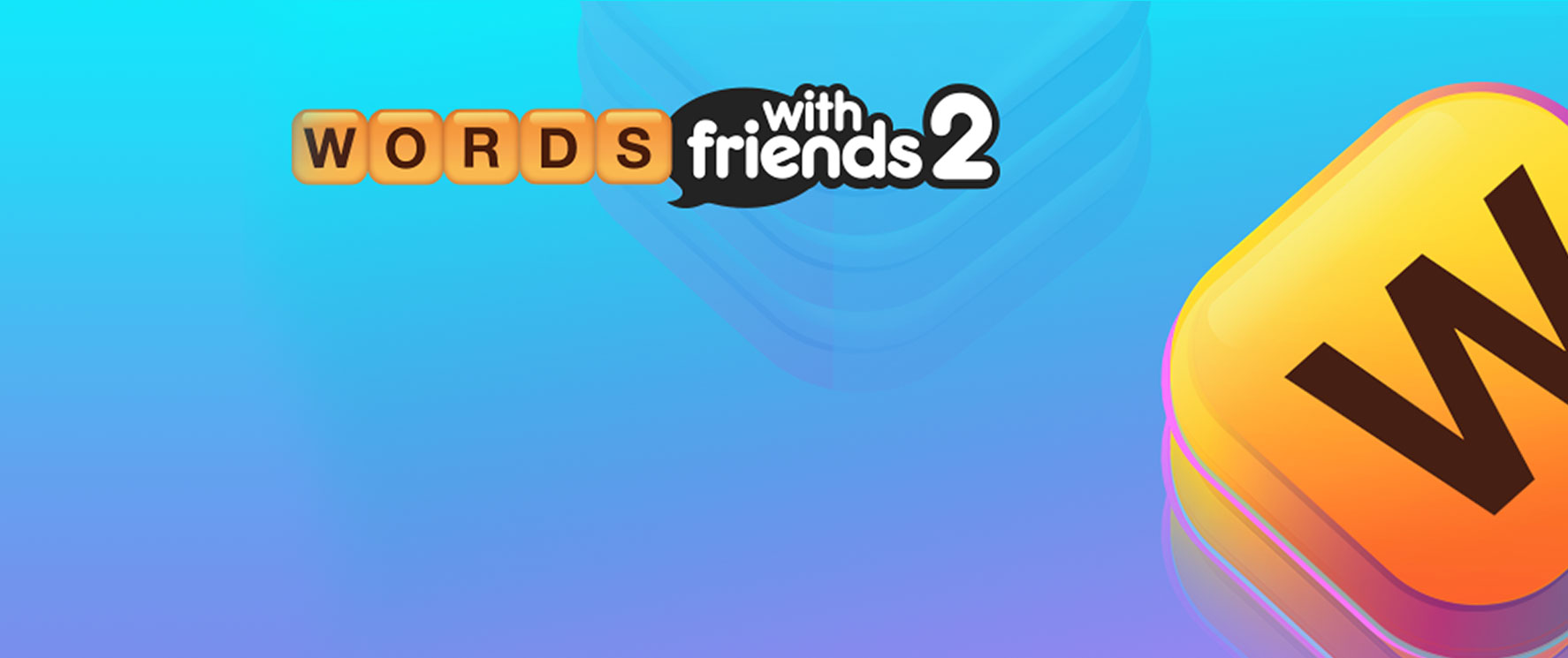
In November 1979, Texas Instruments released the world’s first 16-bit home computer, the TI-99/4. It’s “blistering fast” 3MHz CPU powered some of the day’s most interesting video games, like Parsec, Tombstone City: 21st Century, and Munch Man. Packing a paltry 16K RAM, the TI-99/4 wasn’t really a speed demon. Its primitive components were further hindered by a duplicated interpretation of its coding, making for an incredibly slow machine.
Seven game cartridges, all consisting of Milton Bradley’s Gamevision line, were available for the Texas Instruments home computer upon its launch. To capitalize on the name-recognition of its existing products, the cartridges were based on popular board games in the company’s portfolio. These types of games were slow-paced, allowing them to run more smoothly on the TI-99/4. The original lineup consisted of Yahtzee, Connect Four, Hangman, Zero Zap, Card Sharp, Stratego, and a Gamevision demonstration cartridge.
The Yahtzee computer game was true to the classic tabletop version, including proper use of the Yahtzee Bonus and Joker rules. While there was not an option to play variants like Triple Yahtzee or Word Yahtzee, the challenge game mode offered a twist. Playing the computer in one-player or against another human in two-player mode, each player will throw the same five dice on the first roll of each turn. Winning the game in Challenge mode will highlight the differences in players’ strategies.
Working for Milton Bradley Electronics, computer software programmer Elaine Henshon programmed several of the early games, including Yahtzee, Connect Four, and Stratego. The Yahtzee game retailed for $24.95. Many of the Gamevision cartridges turned out to be defective and a recall was issued. The following year, Texas Instruments independently re-released Yahtzee with a $29.95 price tag.
Milton Bradley’s initial foray into cartridge-based video games was not the huge success that it had hoped for. The TI-99/4 proved to be an unpopular gaming system, due in large part to the lag in processing speed. New systems were on the horizon and Milton Bradley was keen to try its luck with a next-generation console. All Gamevision titles were pulled from the market in 1980. Milton Bradley would bide its time until a worthy successor to the Texas Instruments TI-99/4 appeared.
Yahtzee, 1983-1991
Commodore 64
Like Texas Instruments, Commodore International manufactured other types of electronics before moving into personal computing. The jump from calculators and typewriters to home computers was made possible by the company’s acquisition of MOS Technology, the group responsible for the 6502 microprocessor that powered popular machines such as Apple II, Atari 2600, and Nintendo Entertainment System. It allowed Texas Instruments to produce their chips in house and pass their savings on to customers.
The Commodore 64, also known as the C64 or the CBM 64, was released in August 1982. It went on to become, by some claims, as the best-selling computer model of all time. During its 12-year production run, Commodore sold over 17 million computers worldwide and software developers produced over 10,000 commercial programs. The C64 retailed for just half the price of an Apple II and led the market of low- to mid-end home computers for most of the late 1980s.
No fewer than four different versions of a Yahtzee game were released for the Commodore 64. These all adhered to standard Yahtzee rules and did not include variations to the game that would come with later systems. One notable feature of the 1986 game produced by Robtek, Ltd. illustrates the types of quality control lapses that came with the whirlwind of early video game development. The game was for the English language market but Robtek also produced games in German and Dutch. The final release of Yahtzee mistakenly included a single Dutch word, confusing English-speaking gamers. The word “waarheen”, or “where to” inexplicably appears on screen when the game asks you to select the category to enter your score.
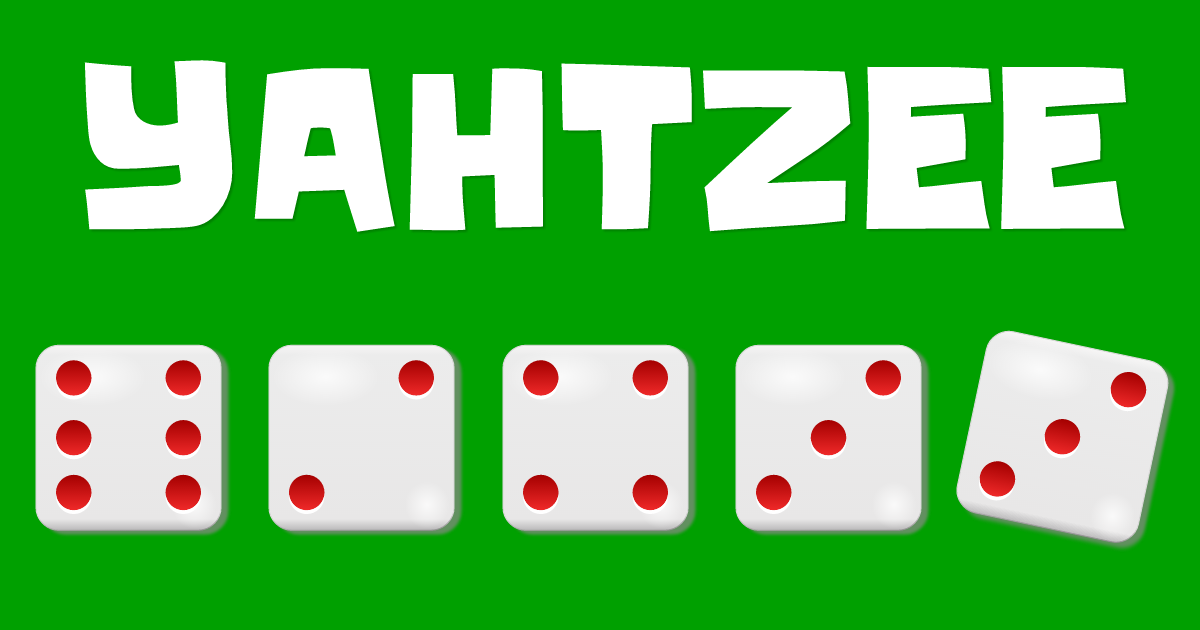
Ultimate Yahtzee, 1996
Microsoft Windows
Microsoft’s Windows 95 operating system was released to great fanfare in August 1995. It touted a much-improved graphical interface over its predecessor, Windows 3.1x, and had moved to a 32-bit architecture. What are now considered trademark features of Windows systems, such as the ‘Start’ button and taskbar made their first appearance. With the release, Windows was able to put a chokehold on the personal computing market.
The ubiquity of Windows on the 1990s PC landscape reaped a bountiful harvest of Yahtzee games but the most memorable was 1996’s Ultimate Yahtzee. It introduced multiple game variations beyond the classic version, like Battle Yahtzee where players try to knock each other’s dice to improve their score. The first tabletop Yahtzee variation, 1972’s Triple Yahtzee, makes a memorable appearance in a video game format.
Yahtzee With Buddies On Facebook
Gamers applauded Ultimate Yahtzee’s attention to detail in the ability to simulate shaking the dice in the cup through use of the mouse and cursor. But as it was still early in the internet’s availability to the public, online Yahtzee was not yet brought forth unto the world.
Family Game Night, 2009
Playstation 2
Developed and marketed by Sony Computer Entertainment, PlayStation 2 was first released in 2000 as the successor to the original PlayStation. It is the best-selling video game console of all time, having sold over 155 million units worldwide by March 31, 2012 when Hasbro stopped providing sales figures. Over 3,800 titles have been released for the PS2, with over 1.5 billion copies sold. Game software for the PlayStation 2 was typically distributed on DVD-ROM and its ability to play the discs served as a secondary selling point.
PlayStation 2 users were able to play some games over the Internet, using dial-up or a broadband connection. The PlayStation 2 Network Adaptor was required for the original models. Gamers complained that its online services weren’t up to snuff compared to its competitors. Sony didn’t yet have a consolidated online gaming system or store. Those were left up to the individual game developers to sort out and the results proved lackluster.
Hasbro tried to up the ante in 2009 when six classic board games were featured in the officially-licensed Family Game Night for Playstation 2. The game included wireless support for multi-player competition but not a true online game option. Released on March 18th, players could choose from Battleship, Boggle, Connect Four, Sorry!, Sorry! Sliders, and Yahtzee. Scrabble was included in the Xbox 360 version a year later.
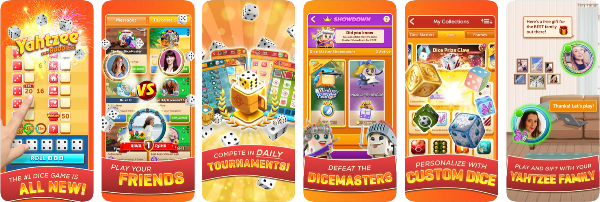
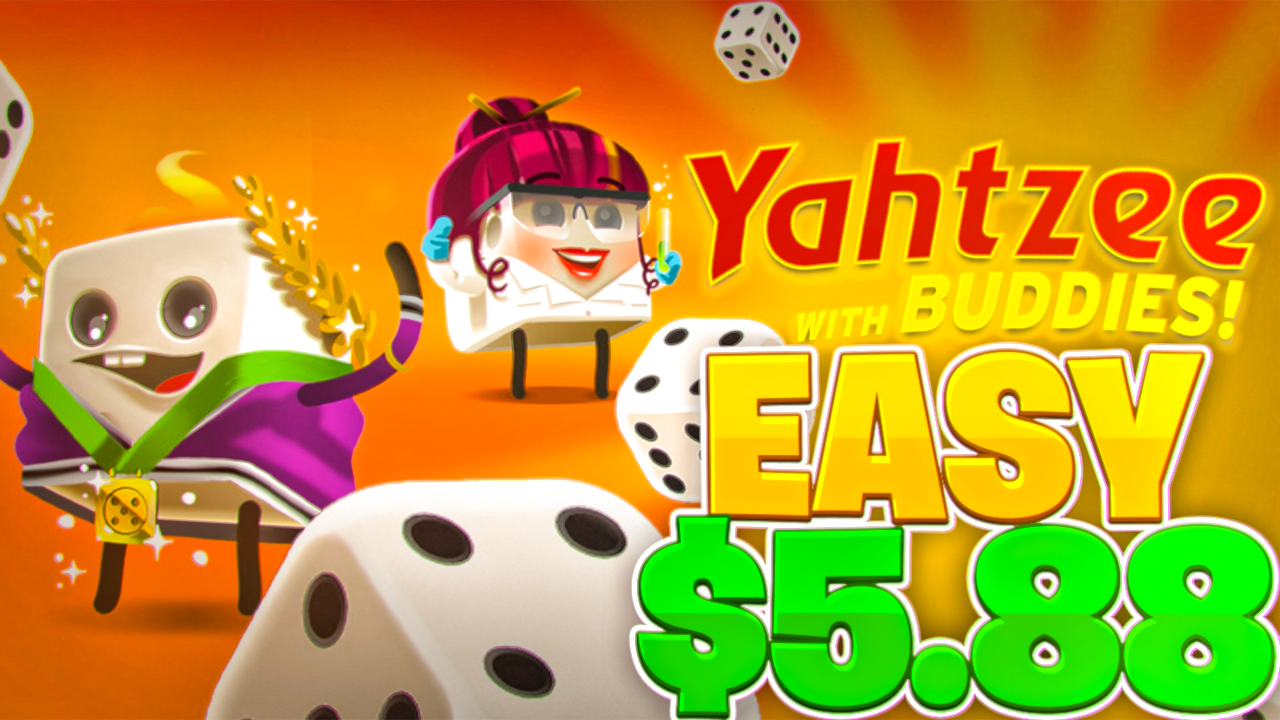
With such an abundance of games, there isn’t much room for Yahtzee variations but Family Game Night still had a few tricks up its sleeve. One unique feature is ‘Wild Dice’ game mode where the player can change the die to whichever number she prefers. The vibration-feedback elements in Playstation 2’s controllers are expertly utilized to enhance the simulation of a dice roll. And perhaps best of all, serving as game host and guide for all seven games in the release is none other than Mr. Potato Head himself.
Handheld Yahtzee
Electronic handheld Yahtzee games were the precursor to the smartphone era of full online gaming. The similarities between the two systems are obvious - both enable players to play Yahtzee on the go. Gamers could finally play in the park, for example, without the need for dice or scorecards. Hasbro dipped their toe into the waters of mobile electronic Yahtzee in 1995 with the release of the first model, and it proved to be a smash. Enthusiasts had been clamoring for new ways to play their favorite dice game and handheld games scratched that itch.
New designs and concepts continued to emerge over the following decades, including handheld versions for Yahtzee variants like Yahtzee Jr. Electronic handheld games merged the best of computer Yahtzee with the tabletop classic. Players weren’t tethered to their home computers in order to enjoy the game but still reaped the benefits of electronic scorekeeping and high score records. While they proved to be a great way to play solitaire Yahztee, the social aspect was sorely missed. Fortunately, a solution was just over the horizon.
Yahtzee with Buddies
The dream of mobile, multiplayer electronic Yahtzee was finally within reach when the world’s first smartphone arrived in 2007. As the technology matured, developers created thousands of apps to cater to the needs of a new marketplace. The smartphone platform spurred innovation in digital gaming and it wasn’t long before the full power of online Yahtzee was unleashed.
Dice with Buddies launched in 2012, embracing all that mobile internet gaming had to offer. Players now truly entered the internet age and were able to play Yahtzee online with all of the social connectivity that it provided. In addition to the standard solitaire mode that had long been common in electronic Yahtzee, the app could connect users from around the world with each other in virtual Yahtzee games. An ability to link to a player’s Facebook account and an in-game chat feature let friends roll a game from anywhere.
The app was developed by Scopely, Inc. as a Yahtzee game without the name or blessing of Hasbro. Like a long line of unofficial computer games before it, the company faced few legal risks even though it featured identical gameplay to the original. Copyright law protects games’ names and branding but the actual game mechanics remain in the public domain. Dice with Buddies was able to capitalize on the popularity of Yahtzee and became an immediate hit.
Annual sales have grown steadily since its release, a rarity in the mobile games market. That success caught Hasbro’s attention and the two companies were eventually able to conclude a licensing deal. As a result, Scopely released Yahtzee With Buddies, essentially the same game as their original app but now partnered with gaming giant Hasbro. Scopely was able to scale up quickly, outsourcing some of the development and translation work that was needed for the new international markets that it could now access through the new corporate partnership.
Yahtzee With Buddies was released in April 2015 on iOS, Android, and the Apple Watch. The app saw more than 1 million downloads in its first four days.
The Future of Playing Yahtzee Online
Forty-five years after having made the transition from the tabletop to the computer screen, Yahtzee is thriving as an ever-evolving online game. There were many false starts, like games with half-baked internet capabilities or local multiplayer only. But Yahtzee’s emergence as an online game is a testament to the developers and programmers and their ability to simulate a Yahtzee game with real dice.
Yahtzee couldn’t be contained to the tabletop and it will surely continue to change with the times. It is a rare game that has been proven adept at adapting to new technologies. As long as there is a demand to play Yahtzee online, publishers will continue creating new games and apps. All indications point to Yahtzee growing beyond the computer screen. Virtual reality Yahtzee may be just around the corner and then the sky is the limit with new forms that we can not even imagine today.